Can an HTML form be bound to an XML document?
To give some context, Adobe XFA forms are XML documents created for purpose of rendering as a PDF form. They support XML bindings very similar to what I am looking for, but I'm not aware of anything similar in HTML forms and seeking suggestions.
An XFA form can also define bindings to an XML document that are bound to its form fields. It is not necessary for a schema to be defined - the form can be merged with XML data or it can generate XML data based on the bindings specified in the form.
Example form definition:
<subform layout="tb">
<bind match="dataRef" ref="$.doc" />
<field w="0.5in">
<bind match="none" />
<ui>
<button />
</ui>
<caption>
<value>Add</value>
</caption>
<event activity="click" name="event__click">
<script contentType="application/x-javascript">
this.resolveNode("itemList").instanceManager.addInstance();
</script>
<event>
</field>
<subform layout="tb" name="itemList">
<bind match="dataRef" ref="$.item[*]">
<occur min="1" max="-1" />
<field w="2in">
<bind match="dataRef" ref="$.name" />
<ui>
<textEdit />
</ui>
<caption>
<value>Name</value>
</caption>
</field>
</subform>
</subform>
If the form was rendered with no data, it would appear similar to:
If the form was merged with the following input data:
<doc>
<item>
<name>item1</name>
</item>
<item>
<name>item2</name>
</item>
<item>
<name>item3</name>
</item>
</doc>
It would render similar to:
As you may notice in the form defintion code, Adobe XFA form is using its own XML language and expression syntax called SOM expressions. The first binding $.doc is binding to the top-level root node name doc.
The next binding $.item[*] is nested with the subform element and is relative to the $.doc binding.
The subform element is a container, similar to an HTML div element.
The subform is bound to item elements under the root doc element. the [*] syntax means that the subform will repeat itself for each item element in the xml document.
The occur element within the the subform element further qualifies how many instances can occur. The min=1 means that even if there are no item elements in the data merged into the form, it will automatically generate one. The max=-1 means there is no limit on the number of item instances.
The field element is bound to $.name. This means its value will update (or create) a name element under the current item.
The 'Add' button in the form creates new instances, Adobe Reader has a built-in Javascript engine and its own API to manage instances of the form that are persisted back to the XML data bound to the form.
Of course, the XML data can also be extracted from a saved PDF form.
There are many more capabilities in XFA forms such as conditional bindings, but I'm curious if something along these lines exists in HTML forms, perhaps some library that can link a form to an XML document and target them in a similar way.
XPATH would be ideal instead of the Adobe SOM expression syntax. Also, it would be ideal to have the XML posted from the form rather than name / value pairs that HTML forms would do by default.


